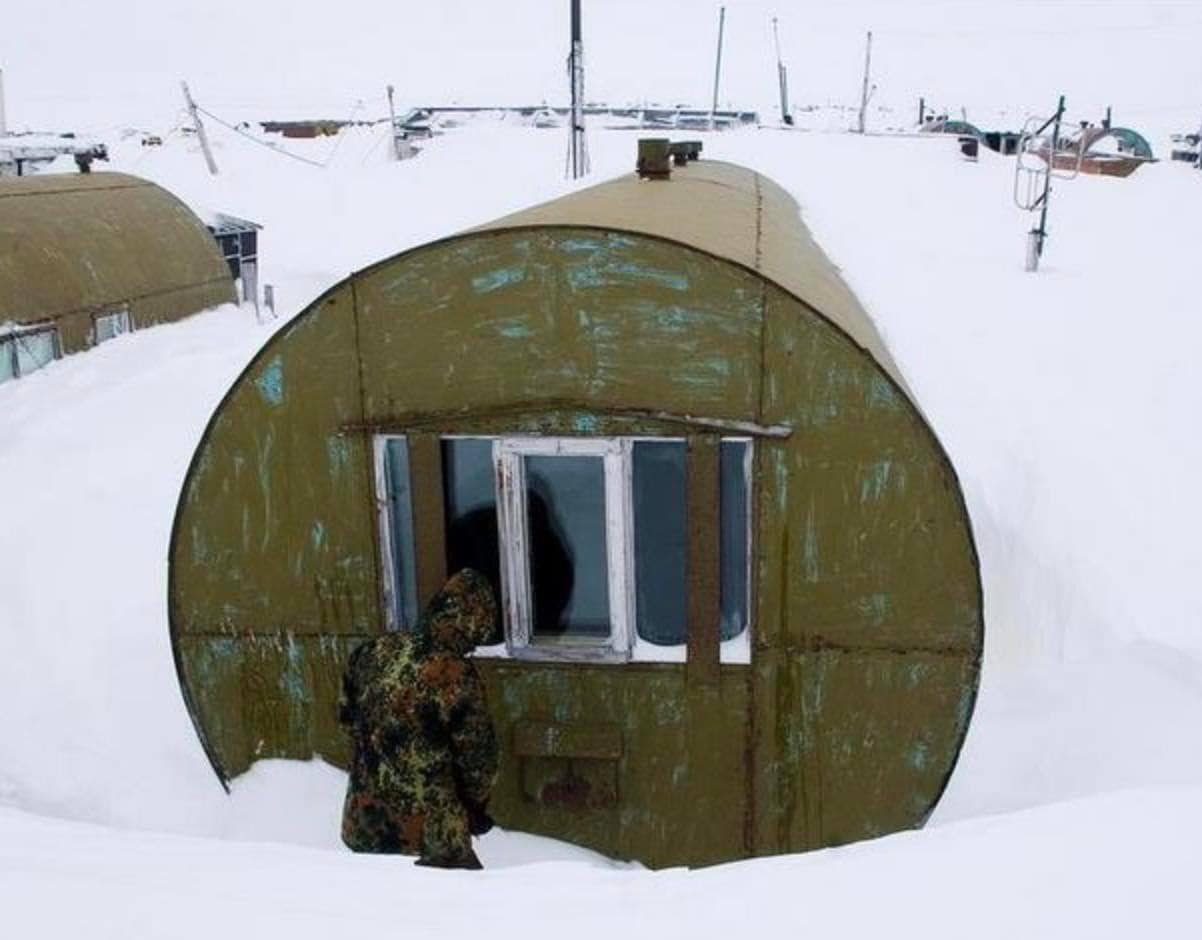In the North, Some People Live in Barrels – What Do Their Homes Look Like Inside?
The northern regions of Russia are vastly different from the rest of the country. This uniqueness is evident in almost every aspect of life, from the extreme climate to the unconventional ways people have adapted to survive in such harsh conditions. One of the most fascinating and unusual examples of this adaptation is the existence of homes made from metal barrels, originally used for transporting sea cargo. These makeshift houses are found primarily in the North, the Trans-Urals, and the Far East, where extreme weather conditions make traditional housing difficult to maintain.

The tradition of living in barrel homes dates back to shift workers who were employed in these remote areas. Faced with the challenge of securing proper housing in the harsh northern climate, they repurposed anything they could find into livable spaces. Over time, as these workers left, their abandoned barrel homes were taken over by locals who didn’t have access to apartments or full houses. Today, these barrel homes remain a unique, if unconventional, solution to the housing shortage in the region.
From the outside, these homes may not seem particularly inviting. Their cylindrical shape and industrial appearance make them stand out in the rugged northern landscape. However, many residents have put significant effort into making the interiors as comfortable as possible. Some have gone so far as to install double-glazed windows, insulated floors, and other improvements to ensure their homes remain warm during the brutal winters.
Upon entering a barrel home, visitors typically step into a small hallway, which leads to a compact kitchen and two walk-through rooms. Due to the confined space and the structure’s shape, it is nearly impossible to create separate rooms with doors. Instead, the layout is open, with each area flowing into the next. Despite these limitations, many residents have managed to turn their barrel homes into cozy and functional living spaces, proving that comfort can be found even in the most unexpected places.
One of the biggest challenges of living in a barrel home is heating. The metal structure does not retain heat well, making it difficult to evenly distribute warmth throughout the space. In such extreme climates, where winter temperatures can drop to dangerously low levels, staying warm is a matter of survival. Residents have developed various methods to address this issue, from installing high-efficiency stoves to using additional insulation materials. Some even construct external heating systems to keep their homes livable throughout the coldest months of the year.
Despite these difficulties, many people have successfully adapted to life in barrel homes. For them, these unconventional dwellings are more than just shelters—they are testaments to resilience and ingenuity. The ability to create a home in such an unusual structure speaks to the adaptability of the human spirit and the determination of those who call the northern regions of Russia home.
Although barrel homes remain a rarity, they continue to intrigue outsiders. The idea of living in a repurposed cargo container may seem extreme, but for those who have no other choice, it is a practical solution to a pressing problem. In recent years, these unique homes have gained attention as examples of alternative living arrangements, with some even seeing them as potential models for sustainable, low-cost housing in other parts of the world.
As the global housing crisis worsens and people search for creative ways to live affordably, barrel homes offer an interesting case study in resourcefulness. While they may not be the most conventional choice, they serve as a reminder that people can adapt to even the most challenging environments. What may seem like an odd and impractical living arrangement to some is, for others, a place to call home.
Would you ever consider living in a barrel home? What do you think about this unique approach to housing? Share your thoughts in the comments below!





